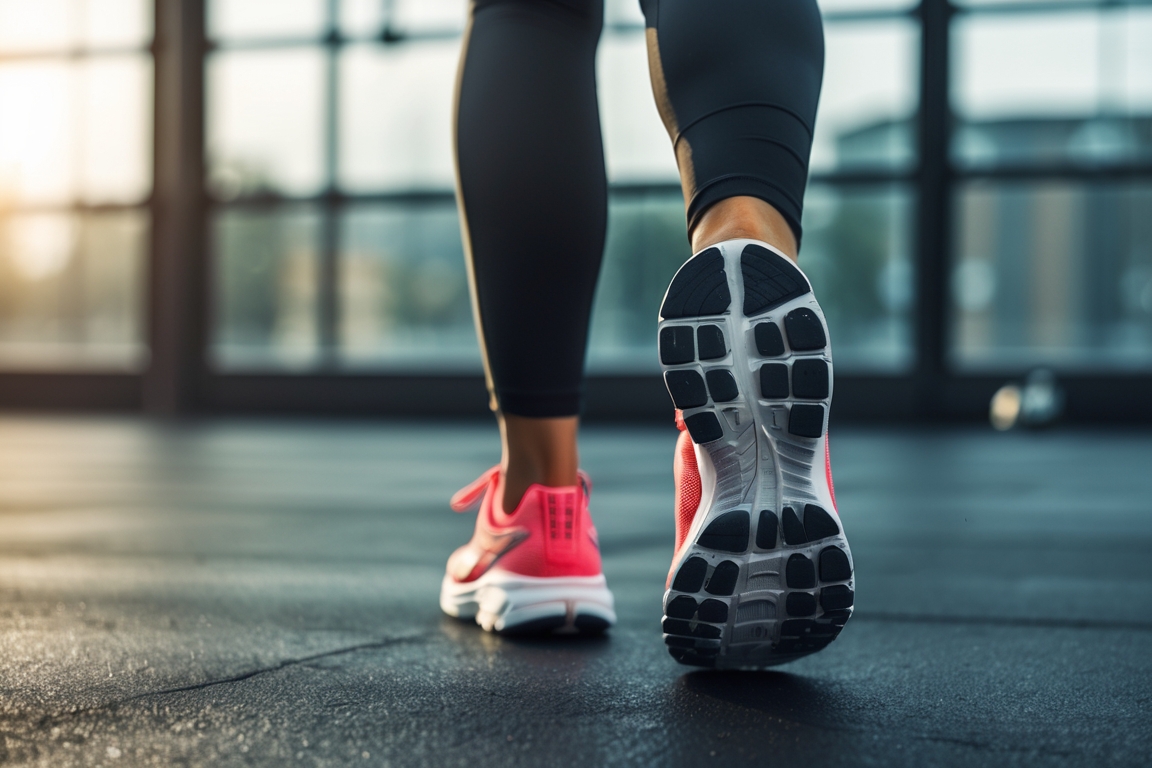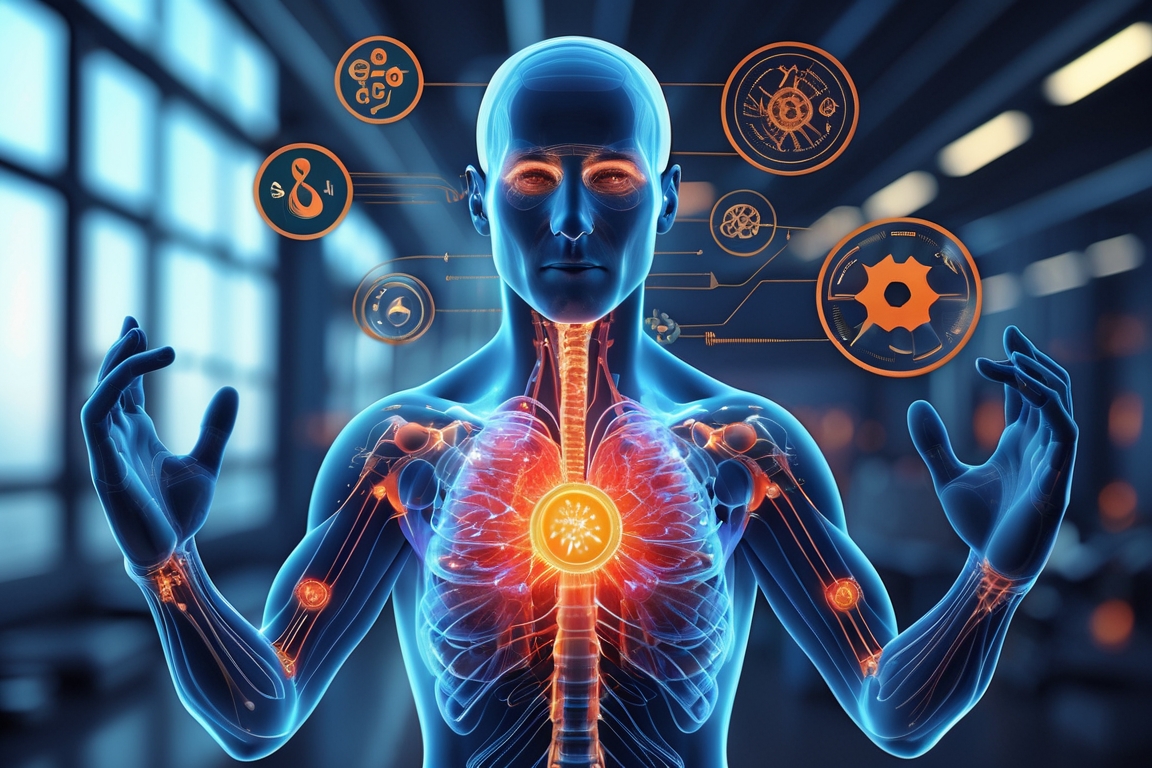Between balancing work, family, and endless to-do lists, finding time for a long gym session can feel impossible. Enter the 10-minute workout—short bursts of exercise that promise big results. But is it too good to be true? Can you actually get (and stay) fit in just 10 minutes a day?
The idea sounds like a fitness miracle: break a sweat for a few minutes, and you’re done. No hour-long treadmill runs. No weights and reps. No excuses. As interest in efficiency grows, these “micro-workouts” have gone viral on platforms like TikTok and YouTube. But what does science actually say about their effectiveness?
Let’s break it down.
What Is a 10-Minute Workout?
A 10-minute workout, often referred to as a “micro-workout” or “exercise snack,” is a condensed session of physical activity that focuses on intensity rather than duration. These sessions typically include bodyweight exercises like squats, lunges, push-ups, jumping jacks, or short cardio bursts.
The most popular format is high-intensity interval training (HIIT): you perform exercises in short, explosive bursts (e.g., 20–30 seconds) followed by brief rest periods. The goal is to maximize effort in minimal time.
The Science Behind Micro-Workouts
Research on micro-workouts has grown in recent years, and the findings are surprisingly encouraging. Several studies have shown that short, high-intensity workouts can significantly improve cardiovascular health, metabolic function, and muscular strength—especially when done consistently.
One 2016 study published in PLOS ONE found that just one minute of intense exercise within a 10-minute session produced similar benefits to 45 minutes of steady-state cardio when performed three times a week. The catch? That one minute of intensity must be truly vigorous—think all-out sprints or intense burpees.
Another study from McMaster University showed that 10-minute workouts, including brief high-intensity intervals, improved aerobic fitness and insulin sensitivity in previously sedentary individuals after just a few weeks.
In short: Yes, short workouts can work. But they need to be done right.
Benefits of Short Workouts
If you’re short on time, there’s good news—these workouts pack a punch:
- Time Efficiency: The most obvious benefit. Ten minutes is doable, even on the busiest days.
- Increased Consistency: It’s easier to commit when the barrier to entry is low.
- Metabolic Boost: HIIT-style workouts elevate your heart rate and boost your metabolism—even after you’ve stopped exercising.
- Flexibility: You can do them at home, in a hotel room, or even during a break at work.
- Mental Perk: Short bursts of movement can improve mood and reduce stress almost instantly.
The Limitations
While micro-workouts have benefits, they’re not a one-size-fits-all solution.
- Limited Strength Gains: If your goal is serious muscle growth, you’ll need more volume and resistance training than a 10-minute session typically offers.
- Not Ideal for Beginners: High-intensity training requires proper form and fitness to avoid injury. Beginners may need to scale the intensity down.
- Caloric Burn: Short workouts burn fewer calories overall, which may matter for weight loss goals.
- Consistency Is Crucial: One 10-minute session won’t do much. You need to commit regularly—preferably daily.
When (and How) to Make It Work
To get the most out of a 10-minute workout, you have to treat it like a full session. No coasting. Here’s how:
- Go all in: Push yourself during the work periods. You should be breathless by the end.
- Use compound movements: Exercises that use multiple muscle groups—like squat jumps, mountain climbers, and burpees—give more bang for your buck.
- Combine cardio and strength: Alternate between heart-pumping movements and resistance-based ones (e.g., push-ups or planks).
- Stay consistent: Aim for at least 5 days a week.
- Stack sessions: If you have more time later in the day, add another 10-minute session.
The Verdict: Myth or Must-Do?
The idea that 10-minute workouts can replace traditional training completely is part myth, part truth. They’re a powerful tool—but they’re not magic. If you’re looking to maintain general fitness, improve heart health, and boost energy, short bursts of high-intensity movement are more than enough.
But if your goals include major muscle gains, weight loss, or endurance for a marathon? You’ll likely need more time, structure, and variety.
Final Thoughts
Fitness isn’t about how long you spend in the gym—it’s about consistency, effort, and goals. Ten minutes a day won’t turn you into an Olympic athlete, but it might just keep you healthier, happier, and more motivated.
So the next time you’re tempted to skip your workout, remember: a short session is better than none. And when done right, those 10 minutes might be the most productive of your day.







